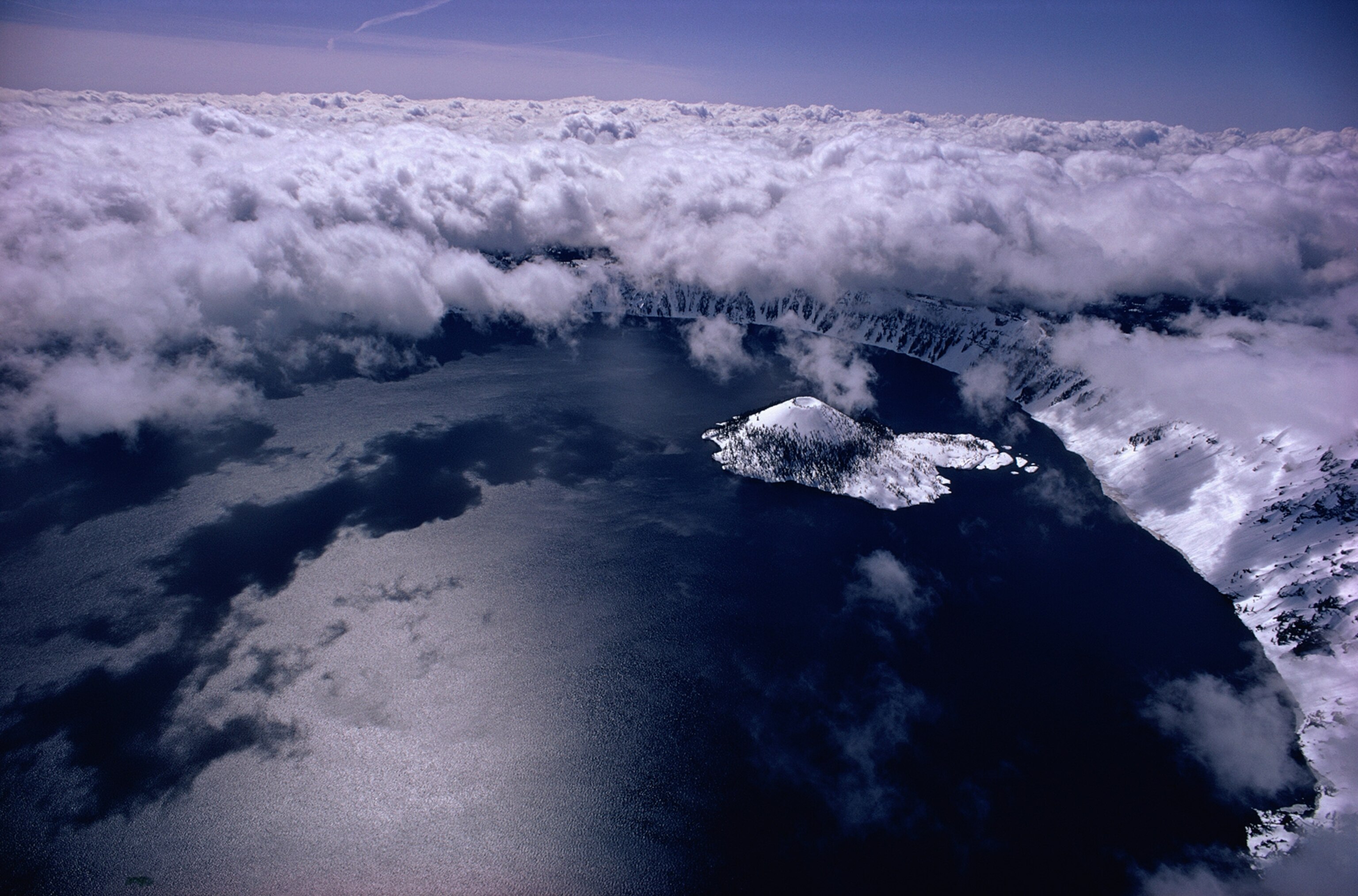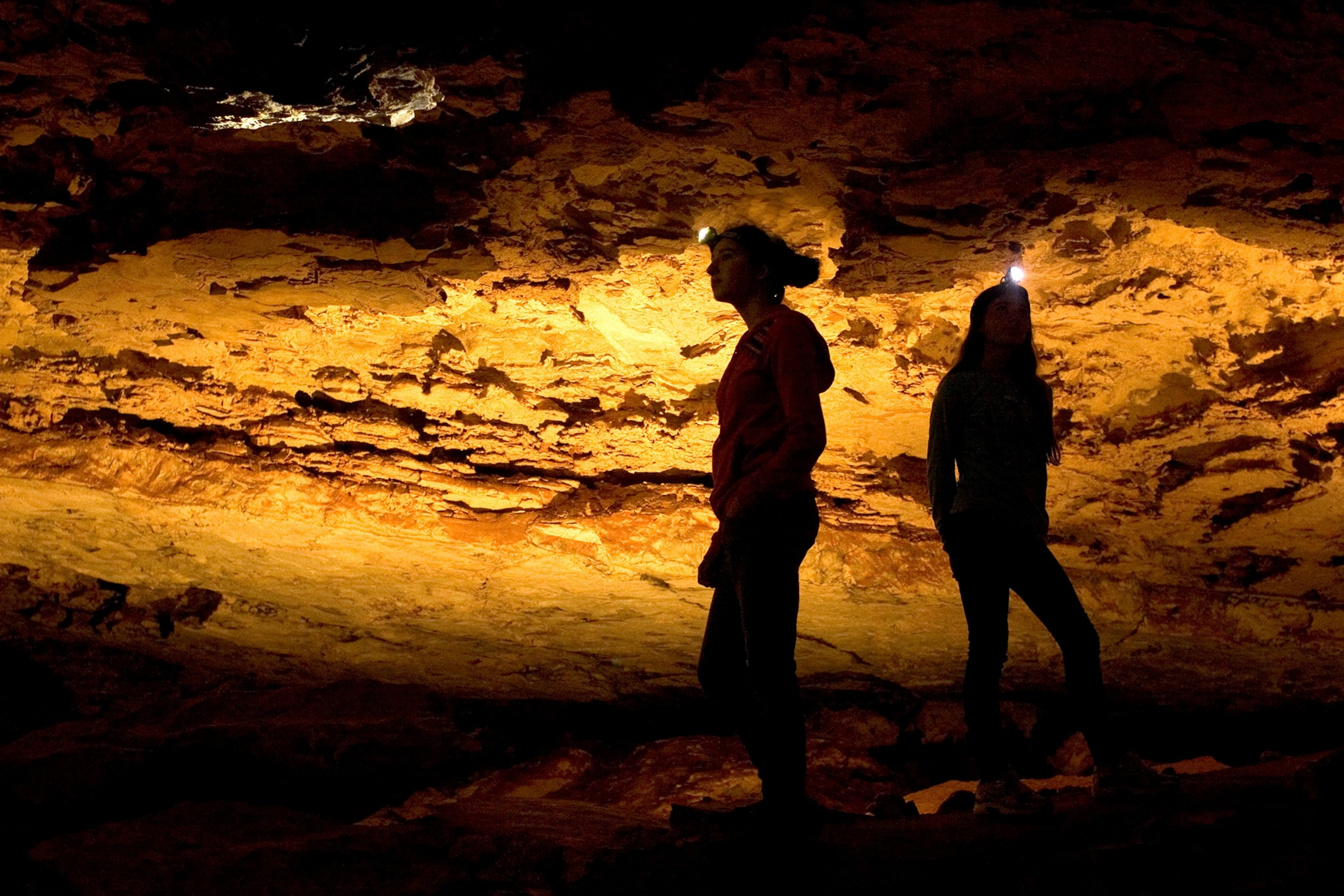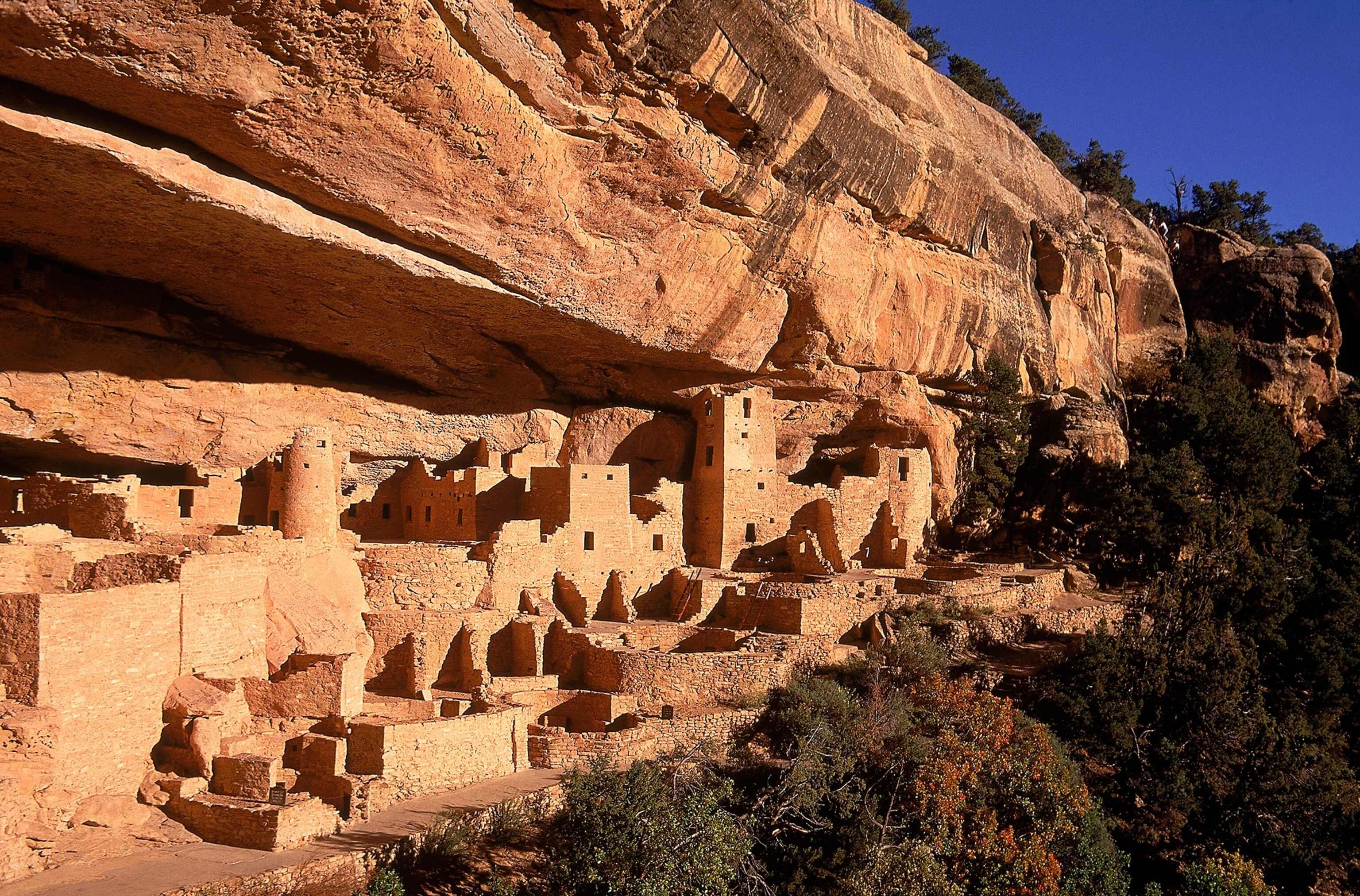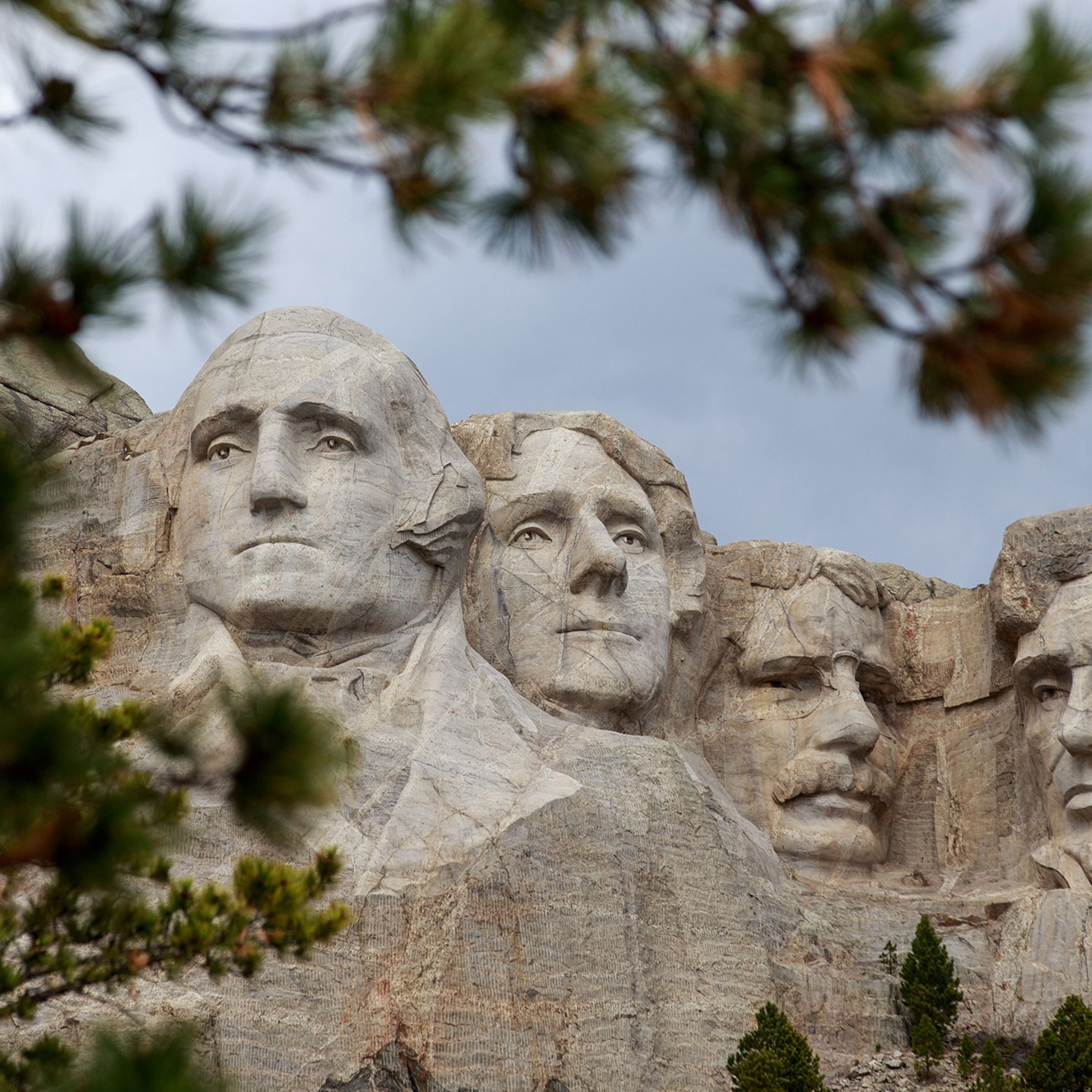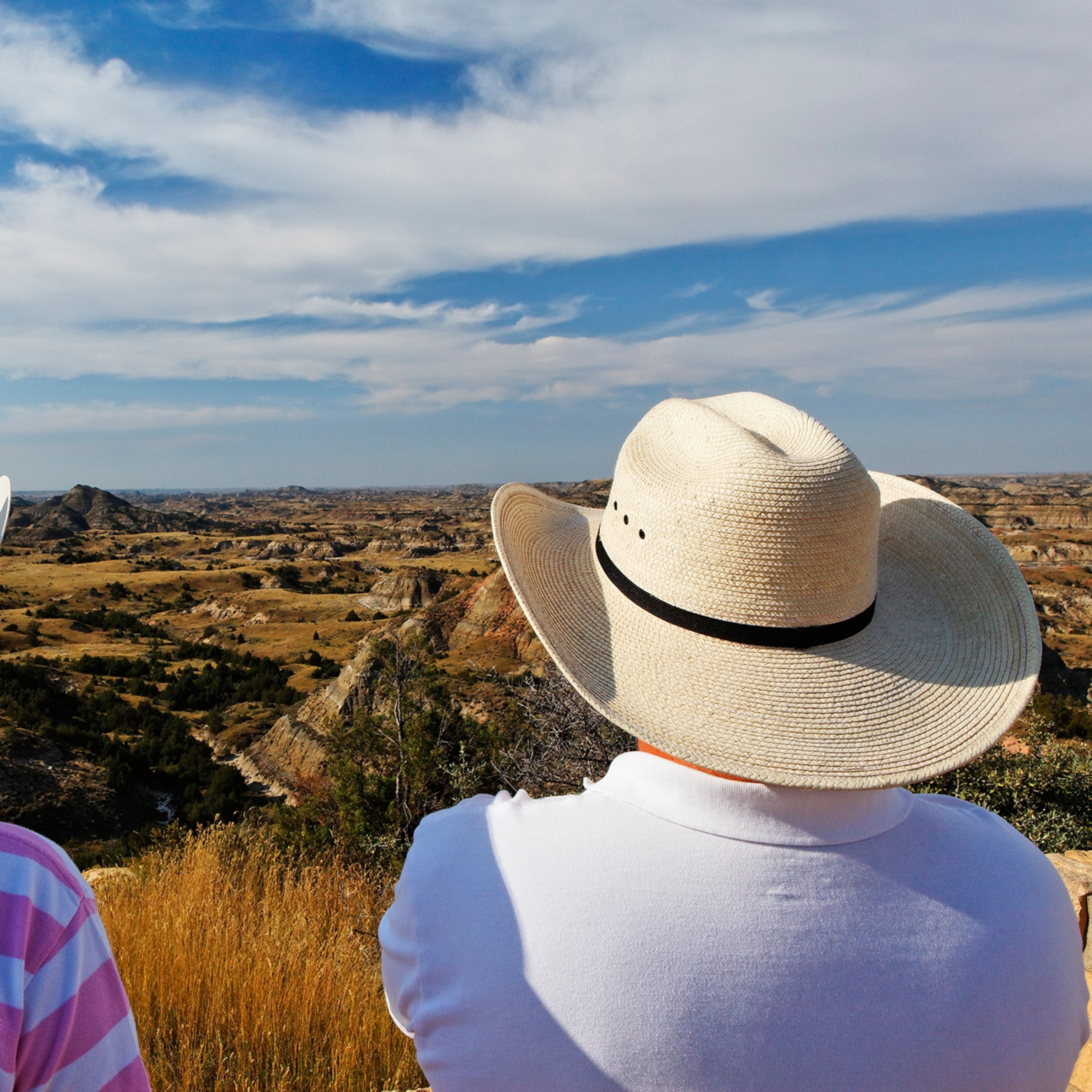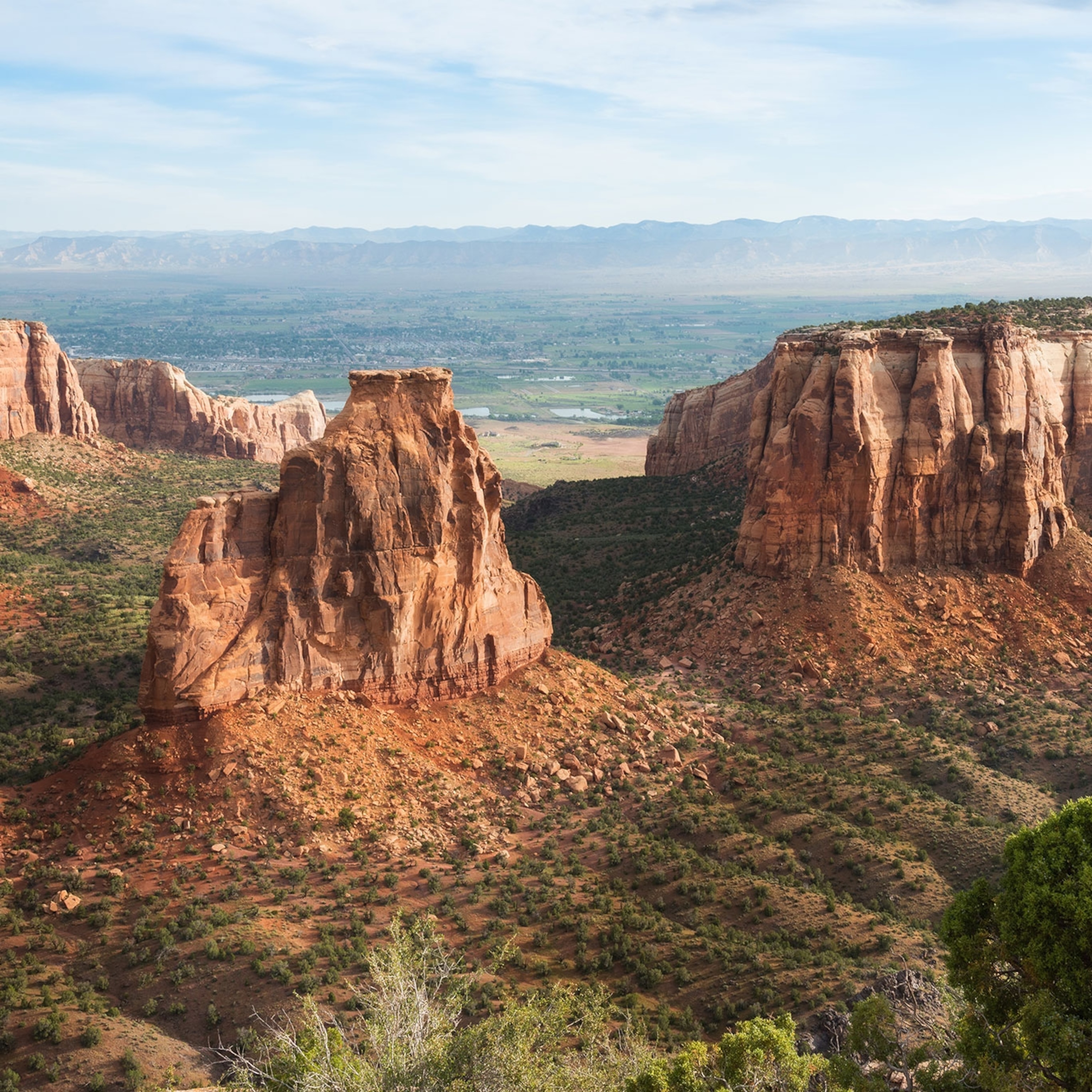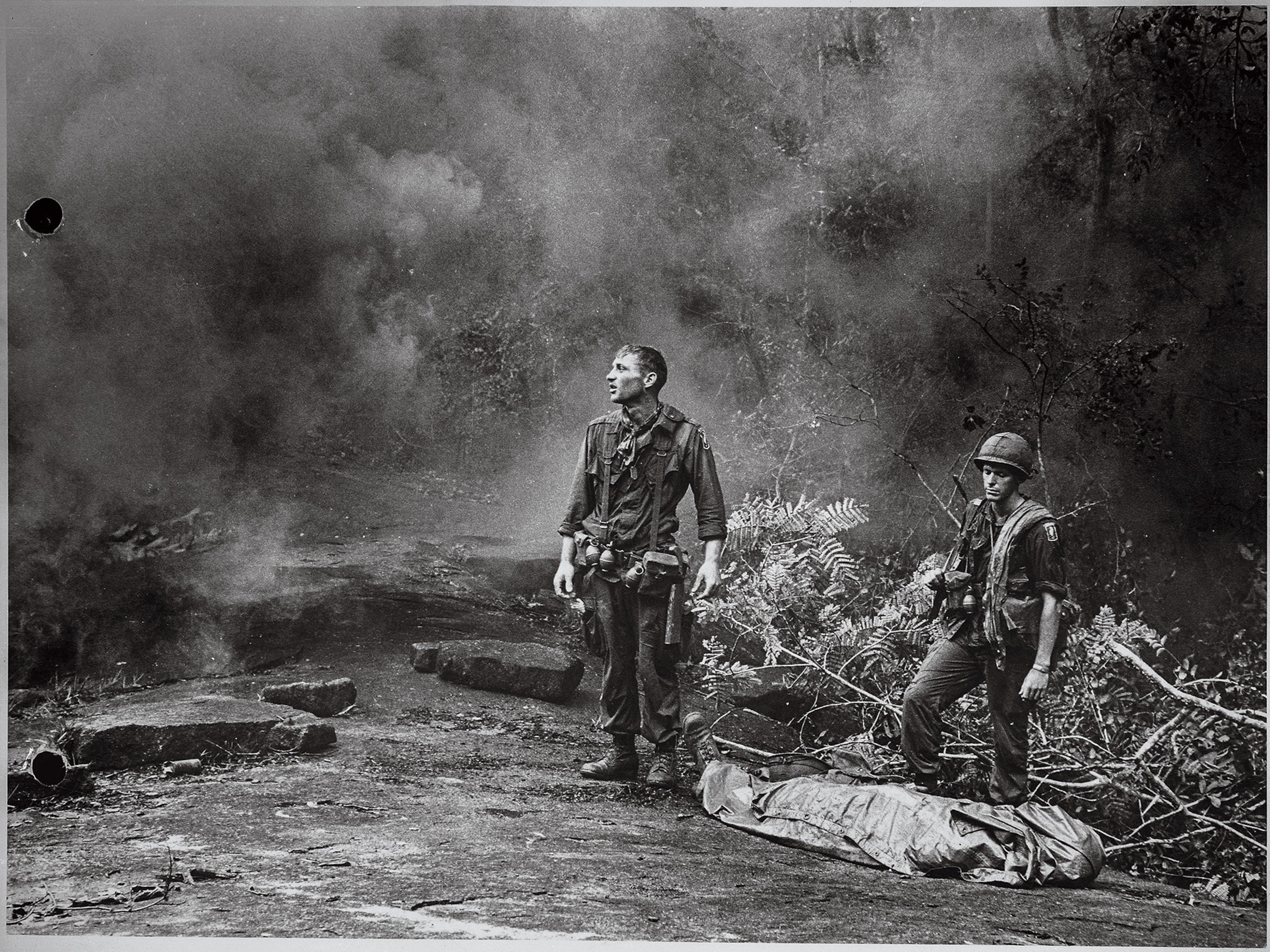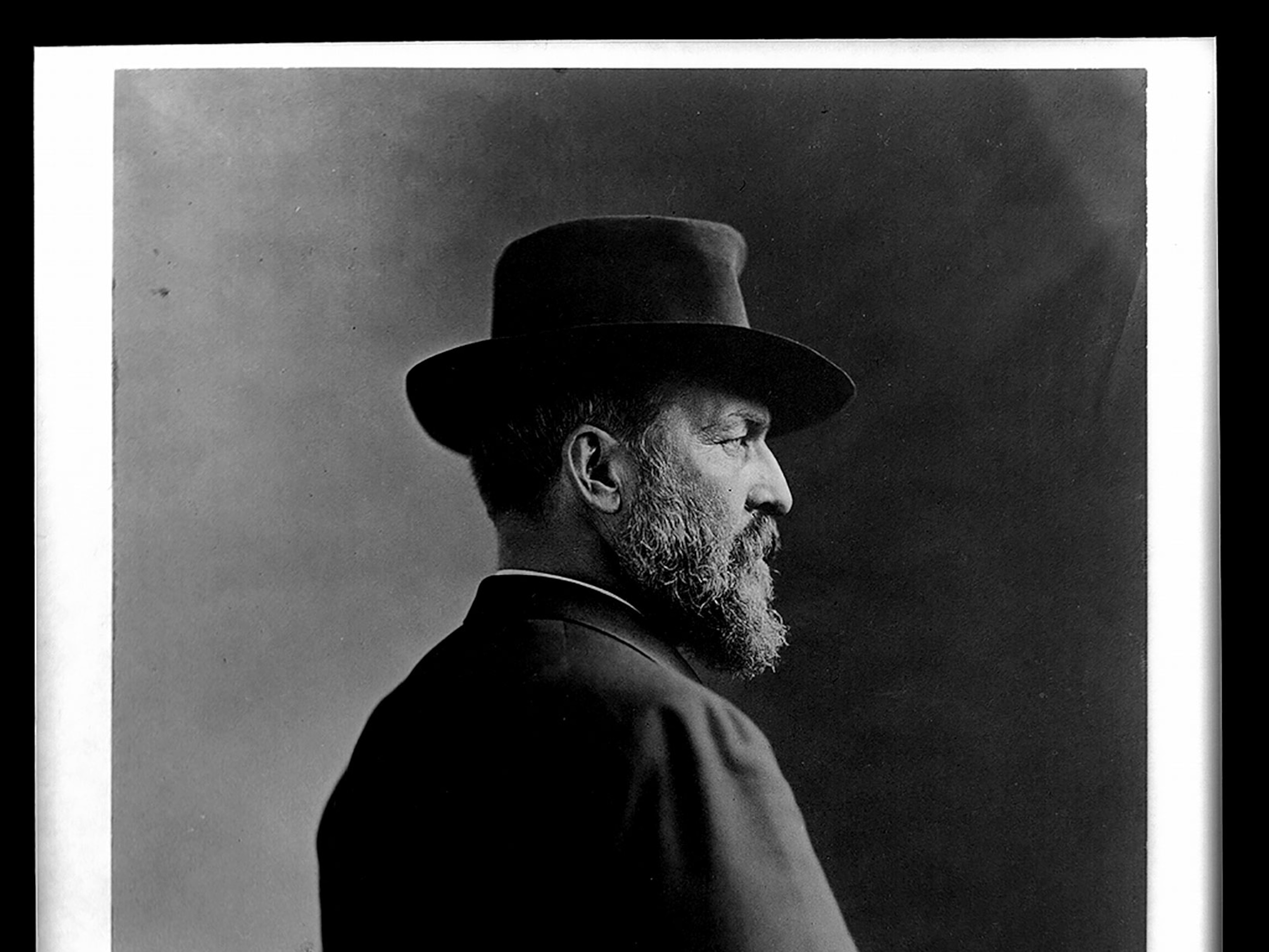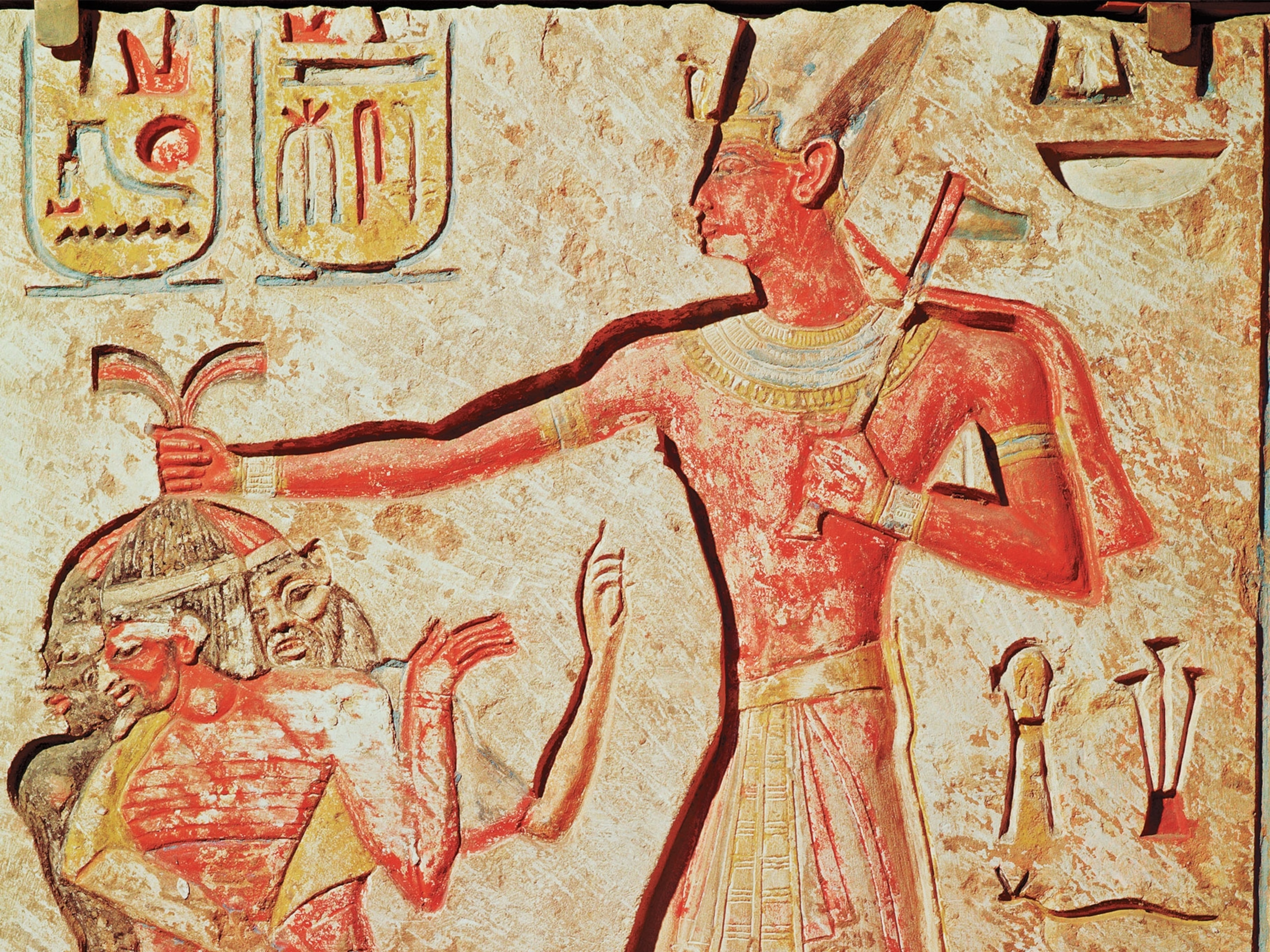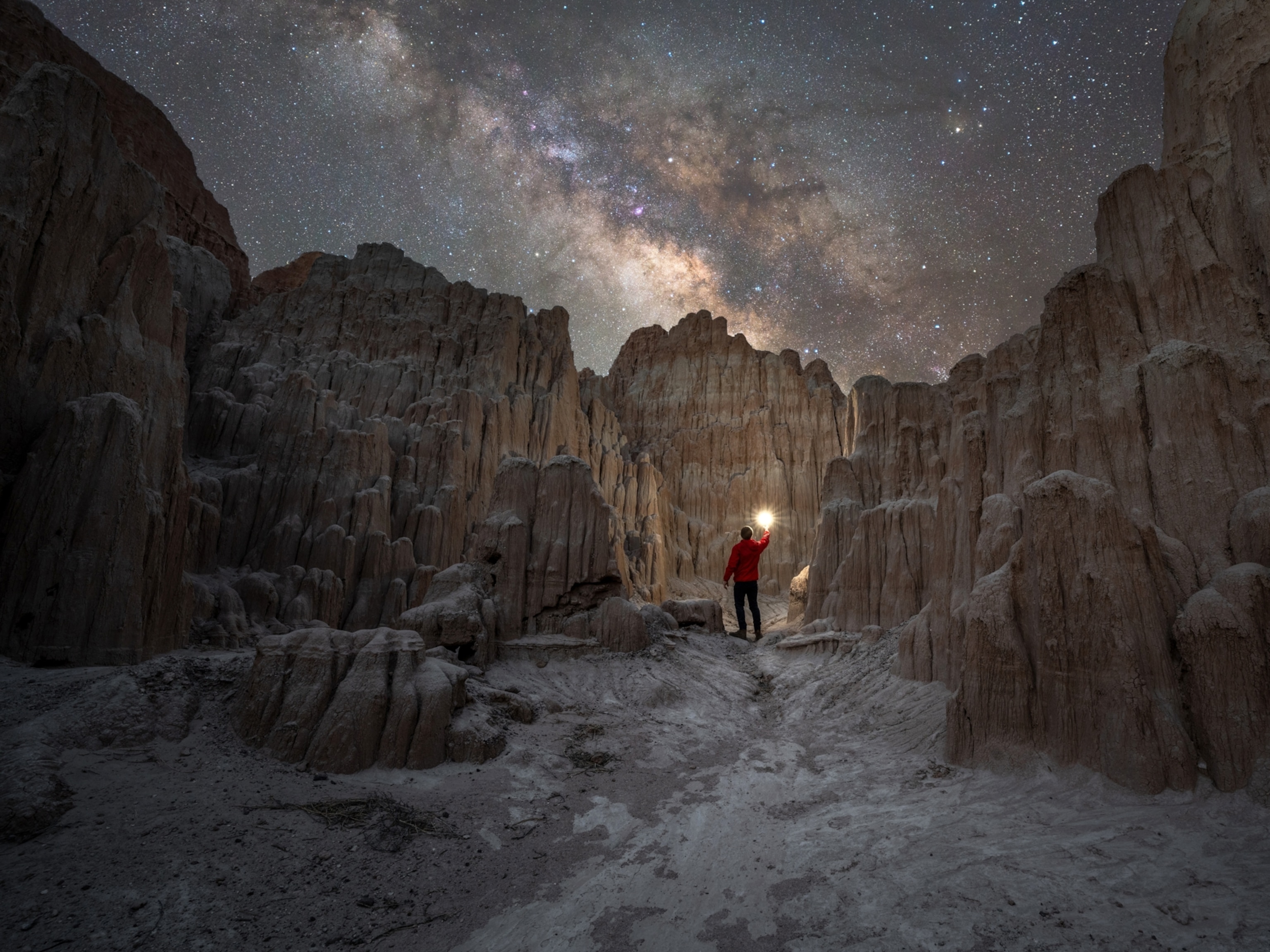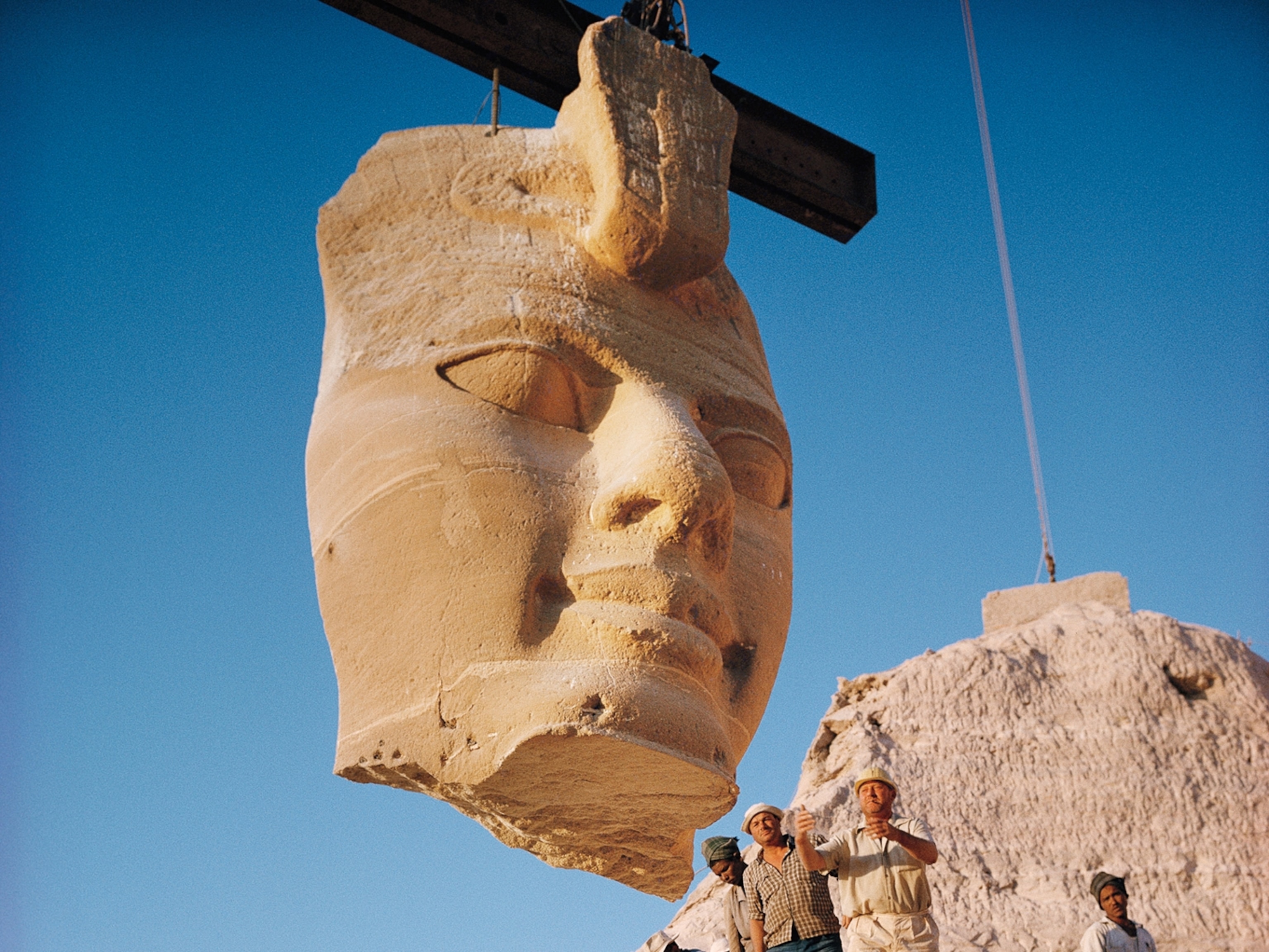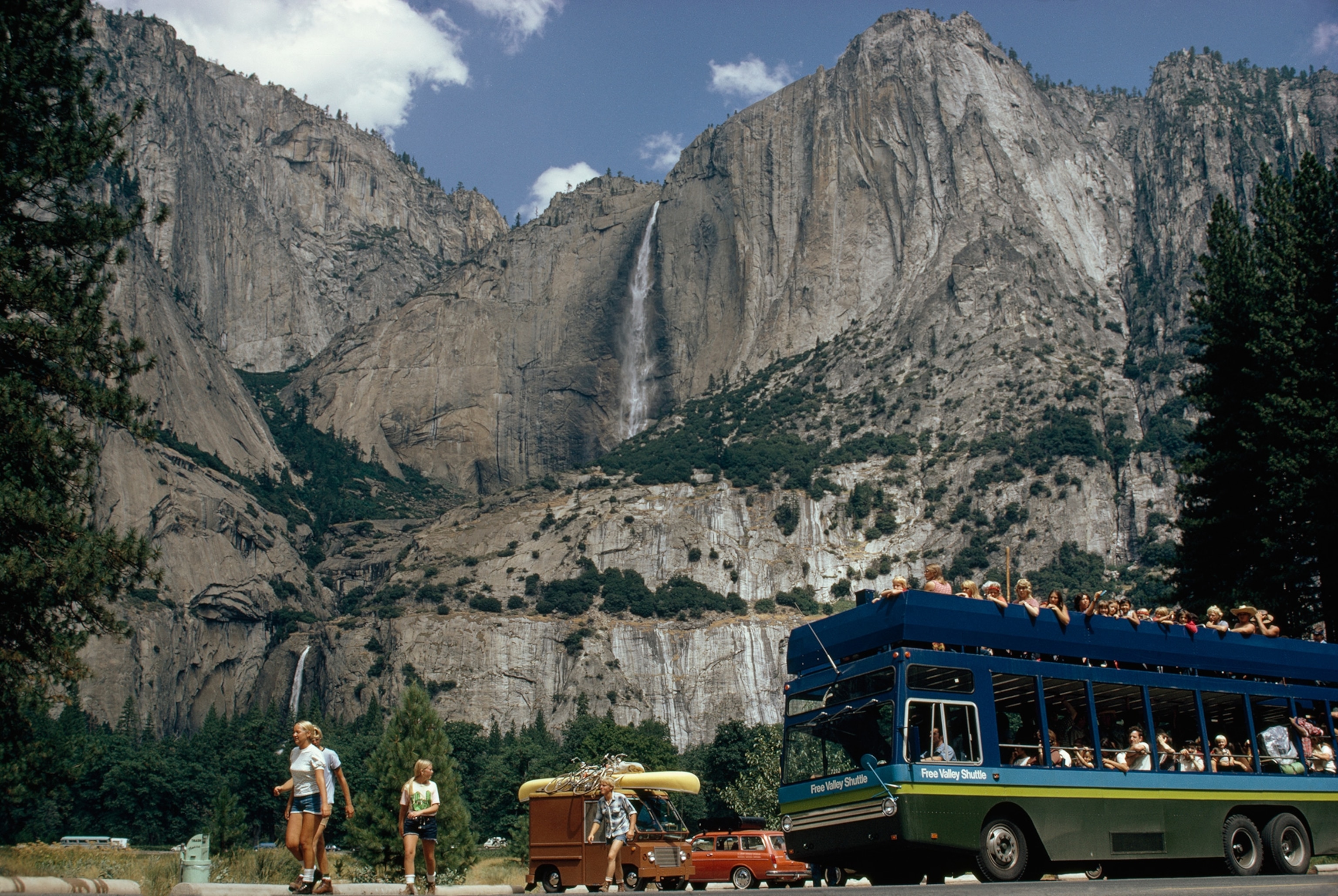
The Presidents Who Gave Us Our Best Parks
A look back at which U.S. presidents deserve the credit for establishing some of our first, biggest, and most majestic parks and monuments.
Some of the greatest legacies of U.S. presidents are the parks they leave behind. Today President Obama designated three new national monuments in California: Castle Mountains National Monument, Sand to Snow National Monument, and Mojave Trails National Monument. He now holds the record for protecting the most public land and water of any president.
The concept of protecting natural treasures for future generations can be traced back to the founding fathers. Thomas Jefferson wrote about the benefits of open space and the danger of cutting down all the trees. He also sent Meriwether Lewis and William Clark on a voyage of discovery to catalog the nature in the great West.
The ability to designate parks and other protected areas wasn't always enshrined in law. It look generations of activism and political pressure to make that happen. And as the nation expanded and become increasingly industrialized, the need for specific protections for natural treasures evolved, a process that continues to this day.
Visitors from around the world can now enjoy more than 400 national park units, from soaring mountains to pristine beaches. Protecting these natural and cultural treasures is "America's best idea."
Here's a look back at major milestones in the development of this great idea and the presidents who deserve the credit.
Andrew Jackson (1829-1837)
Jackson signed legislation in 1832 that permanently set aside land for recreation in the Arkansas Territory. What was then called the Hot Springs Reservation would eventually become Hot Springs National Park, where visitors can enjoy natural springs and scenic beauty.
Abraham Lincoln (1861-1865)
Although Honest Abe had a lot on his plate during the Civil War, in 1864 he signed a bill establishing California’s Yosemite Valley and its Mariposa Grove of giant sequoias as an "inalienable public trust" to be administered by the state. That protection was an important first step in what would eventually become Yosemite National Park, now one of the most beloved parks in the world.
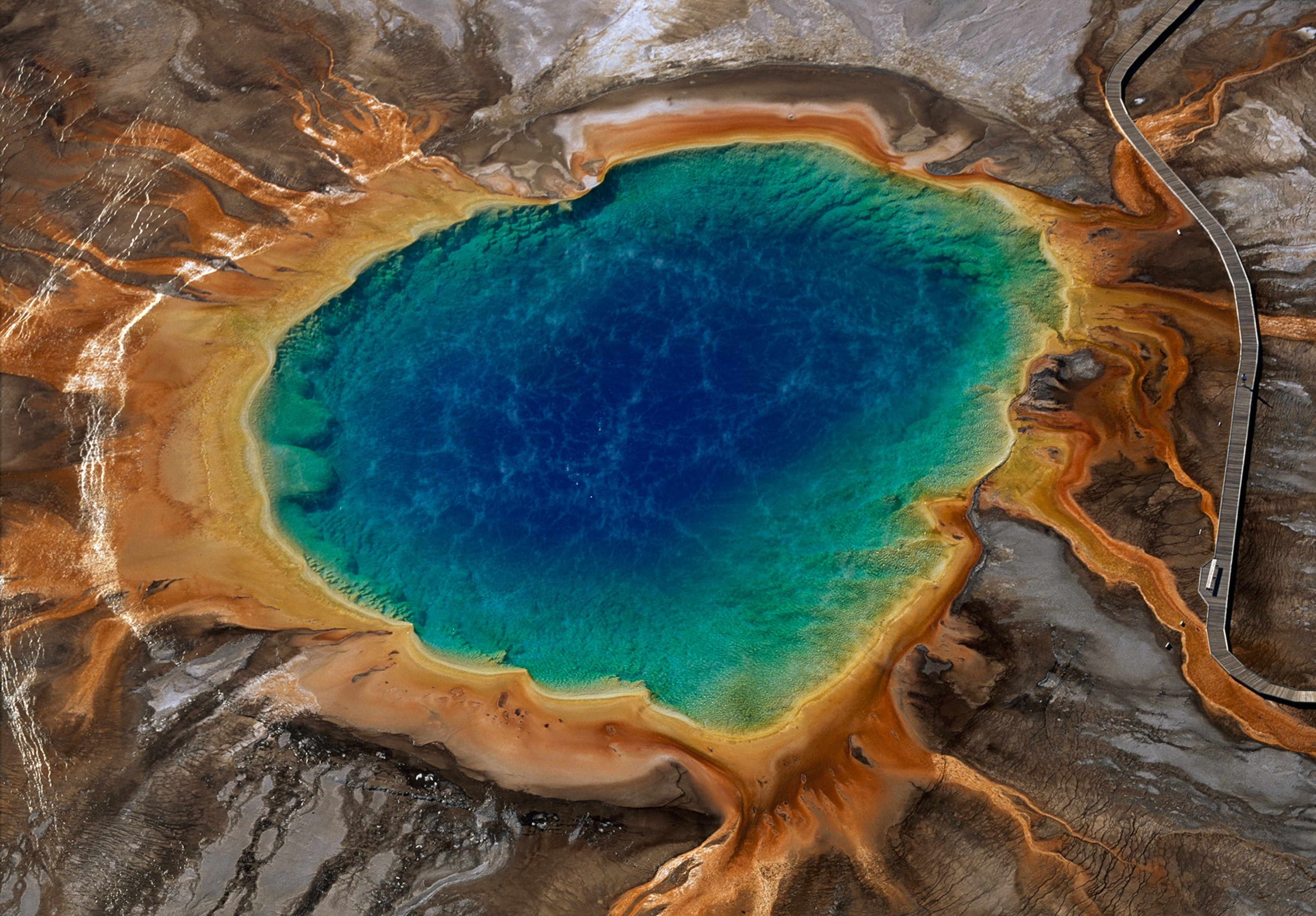
Ulysses S. Grant (1869-1877)
Theodore Roosevelt called Grant the “father of the national parks" because Grant signed into law the country's first national park, Yellowstone, in 1872. The Grant administration had launched an expedition to explore the area and supported legislation to protect the natural treasures found there. Grant also pushed for protection of northern fur seals on Alaska’s Pribilof Islands, in what may have been the first time federal land was set aside specifically for wildlife.
Benjamin Harrison (1889-1893)
An early conservationist, Harrison designated land in Alaska as a refuge that would eventually become Katmai National Park and Preserve. He also created the Casa Grande Ruin Reservation in Arizona, the first prehistoric and cultural site to be established in the United States.
Grover Cleveland (1885-1889, 1893-1897)
Cleveland protected millions of acres of forest, including the iconic Stanislaus National Forest in California. He also signed orders to improve protection of Yellowstone.
National Parks Established by President Theodore Roosevelt
Theodore Roosevelt (1901-1909)
Widely recognized as the definitive conservation president, Roosevelt set aside more than 230 million acres of land for posterity. He designated the country's first wildlife refuge, in 1903 in Florida, to protect pelicans. He would go on to create more than 50 more bird sanctuaries, preside over creation of the National Forest Service, and sign the Antiquities Act, which granted presidents the authority to protect natural and cultural landmarks. He used that power to create 18 monuments and oversaw establishment of five national parks, including Crater Lake and Mesa Verde. Since then, 15 presidents have created national monuments.
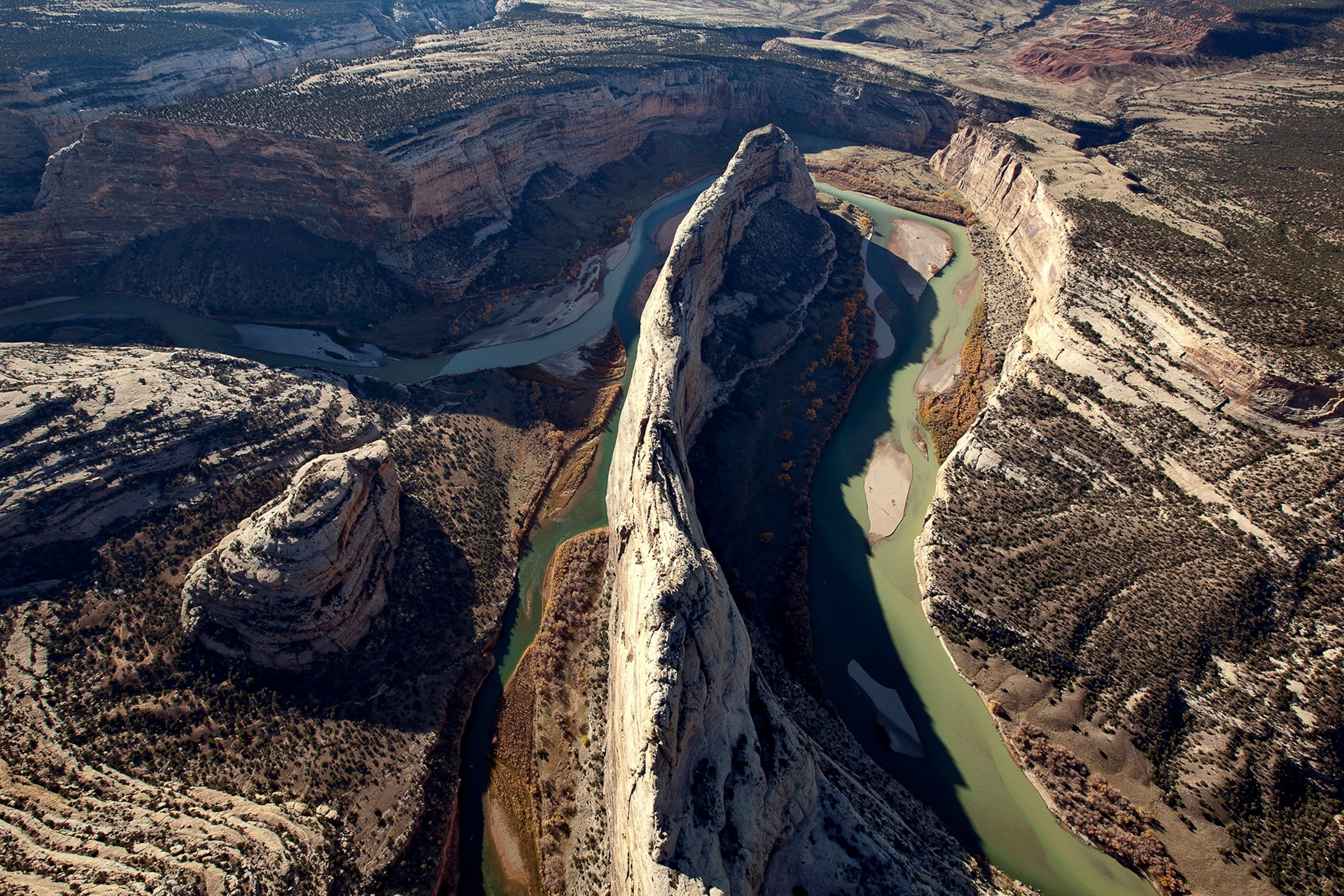
Woodrow Wilson (1913-1921)
Although he is better remembered for his foreign policy, Wilson also contributed to wilderness protection. He designated several national monuments, including Dinosaur National Monument on the border of Utah and Colorado, which protects the former stomping grounds of giants. In 1916, Wilson presided over the creation of the National Park Service. National parks established under the Wilson years include the Grand Canyon (it was previously a monument and reserve) and Rocky Mountain National Park.

Franklin Delano Roosevelt (1933-1945)
FDR pushed for the creation of Olympic National Park, which protects stunning wilderness in Washington state. His administration established Joshua Tree (now a national park) and ten other monuments. FDR's Civilian Conservation Corps (CCC) put millions of Americans to work planting trees, forging trails, building lodges, and making other improvements in parks.
John F. Kennedy (1961-1963)
Kennedy championed a Youth Conservation Corps and signed a law that protected Cape Cod National Seashore, an area long beloved by his famous family. Kennedy also created a wildlife refuge in Delaware to protect migrating birds.
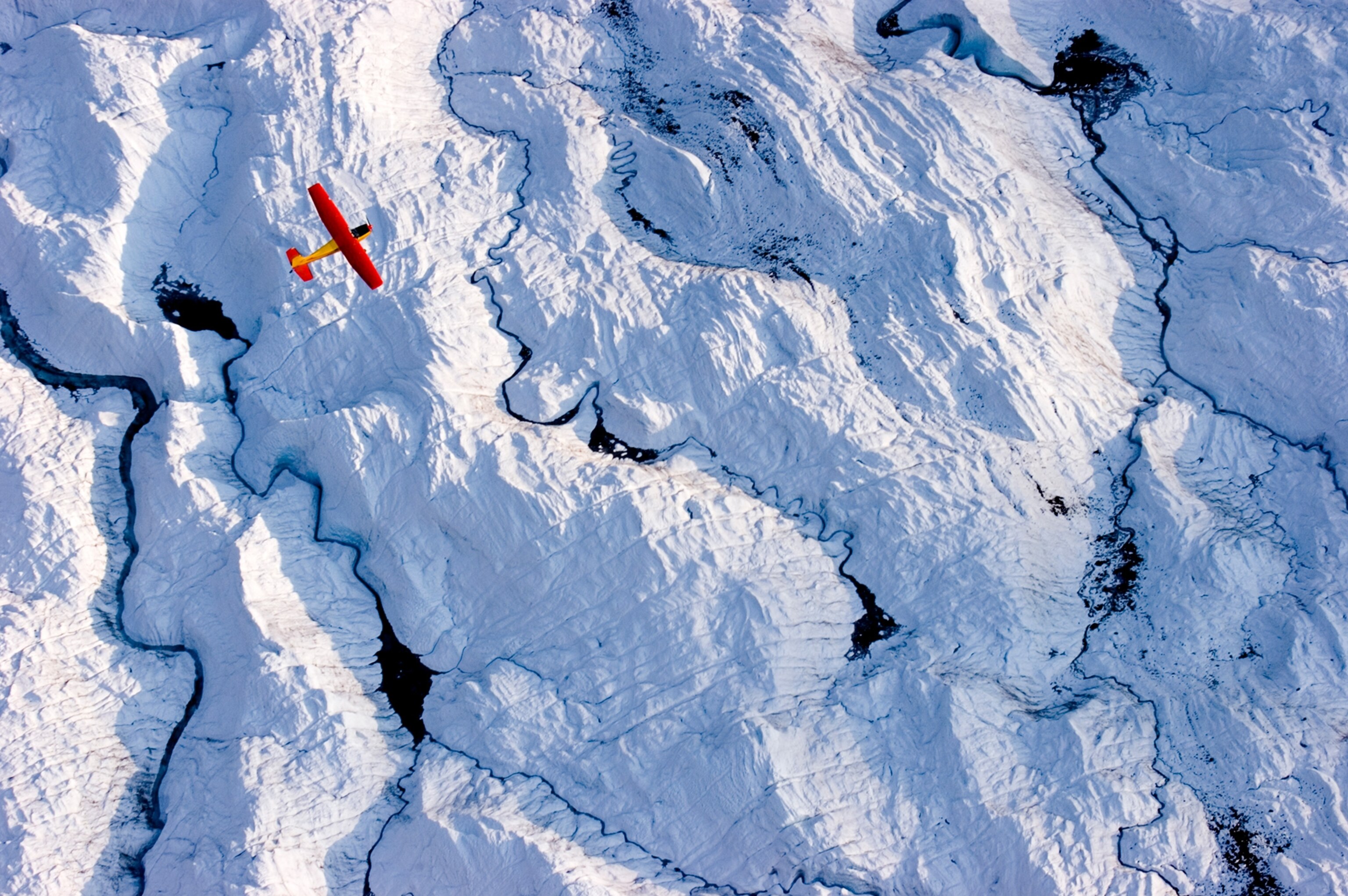
Jimmy Carter (1977-1981)
In 1978, Carter designated 15 new national monuments in Alaska. One of them, Wrangell-St. Elias, eventually became the country's largest national park. The vast preserve is bigger than Yellowstone, Yosemite, and Switzerland combined.
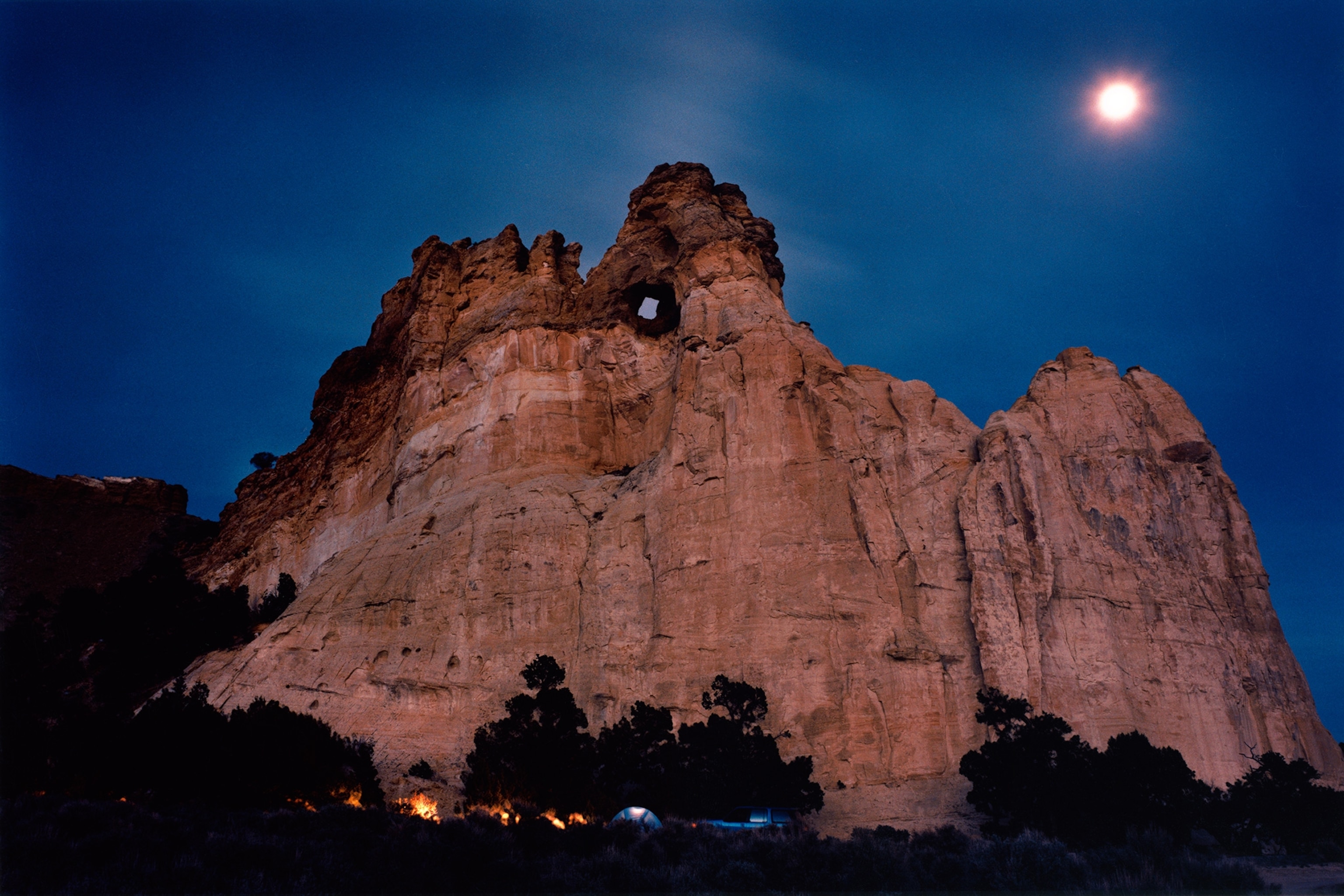
Bill Clinton (1992-2000)
Clinton expanded several national monuments and created 19 new ones, including Utah’s Grand Staircase-Escalante, California’s Pinnacles (now Pinnacles National Park), and Giant Sequoia National Monument. In all, he protected more than 27 million acres of public land.
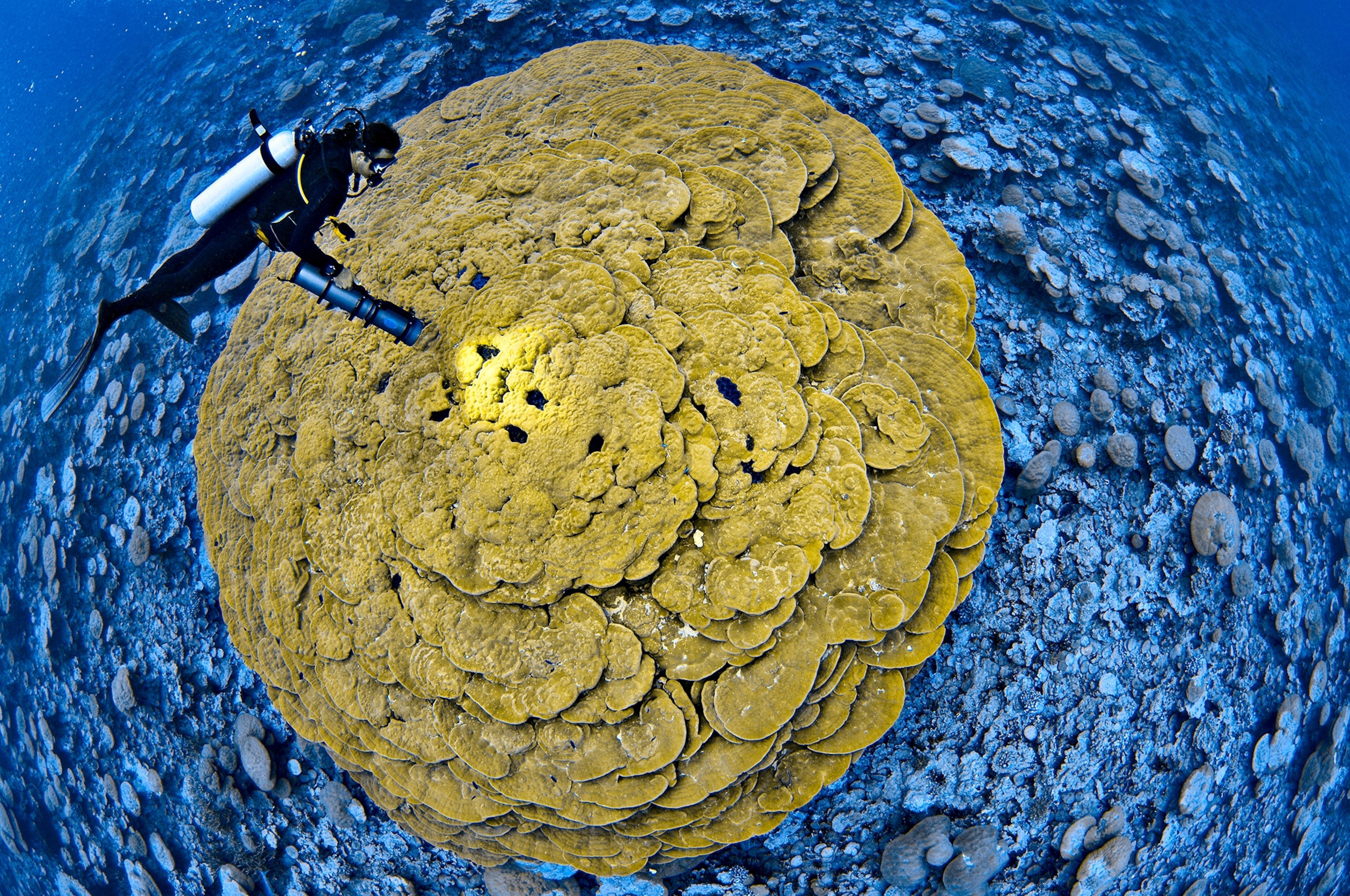
George W. Bush (2001-2009)
Bush created several national monuments, including two to preserve history—an African-American burial ground and World War II battle sites—and several that protect the ocean. The latter include the Papahanaumokuakea Marine National Monument off the northwestern coast of the Hawaiian Islands and three marine national monuments, such as Kingman Reef, in the central Pacific Ocean that together span some 195,000 square miles.
Barack Obama (2009-present)
What's next? Obama already established the largest single protected area in the world, expanding the Pacific Remote Islands Marine National Monument to almost half a billion square miles. As of today, he has designated 21 national monuments, including Browns Canyon in Colorado, the Organ Mountains in New Mexico, the fossil-rich Waco Mammoth National Monument, and a World War II internment camp site in Hawaii, and he may create a few more before his term is up.

